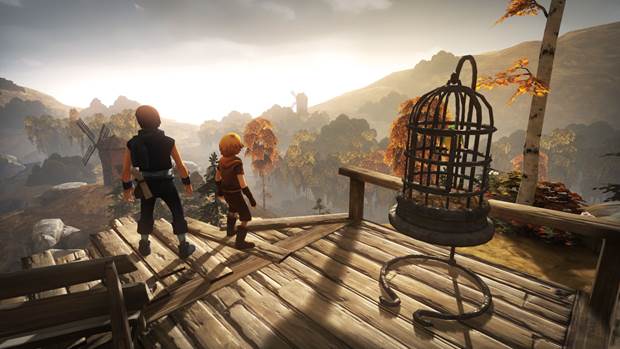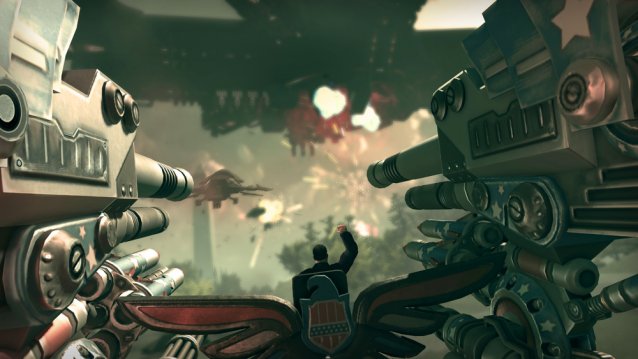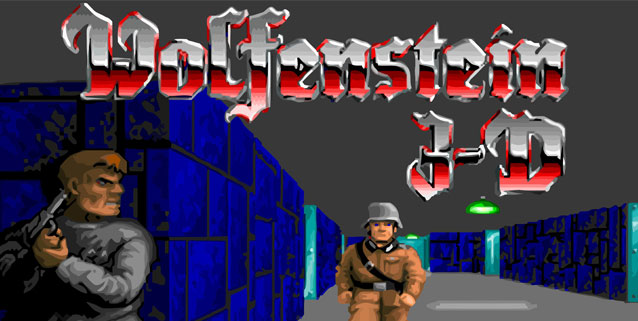

The mighty Romites or the cunning Breetles, which side are you on? This question will be answered with Romans in My Carpet!, the newest turn based strategy game from the people that brought you the Ravenmark series of games. Battles take place in locations that you regularly see around the house, but to the Romites’ and Breetles’ eyes, these are scenes for some of the bloodiest and most brutal wars in history. Are you ready to lead your troops to victory? Or will your campaigns end in shameful defeat? Read this guide in order to become your own version of a mighty, and tiny, Napoleon.
Gameplay
Romans in My Carpet! is a turn based strategy game where in players can control one of two factions. They can then deploy troops in the field, issuing commands such as where to go and what actions to perform. The battles are turn based, which means that opposing teams must key in commands first before battle would take place. There are also special skills that can be activated aside from the usual attacks which are automatically performed once enemy units are within range. The game provides both single player and multiplayer modes, with the latter being asynchronous in nature.
Units
There are a total of five different types of units available within the game, and all of these units can be accessed regardless of which faction you would choose to play as. The five types of units are – infantry, polearm, cavalry, ranged, and support. Each unit type also has different statistics with regards to range, strength, and health. In addition, certain unit types are strong when attacking a particular type, while weak when attacked by another. Take note of this especially when positioning yourself for attack and defensive purposes so that you can deal maximum damage to enemies while still being able to get away from units that can hurt you more.
Units will automatically attack an unit that is within their range. Units will also counterattack, but they can only do this once per turn. Players also have access to special skills, which are unique for each particular unit type. Special skills can deal more damage than usual attacks, but they have cooldown periods of a couple of turns. Using skills when needed the most will definitely be able to turn the tide of battle in your favor.
Campaigns
Players can participate in different campaigns, and they can do battle in different areas around the home. Battle is comprised of the command phase and battle phase. The first phase provides players with the chance to have their units move to their desired locations. It is also here that players will be able to key in special commands such as skills. The game utilizes a more or less random initiative system, and players can look at the order by which troops from each side will be performing the commands given them.
The next phase is the battle phase, and it is here that the units will perform their assigned commands. Units will move and attack each other, and the team with units still remaining on the board will be declared as the winner.
Multiplayer
Romans in My Carpet! also has a multiplayer function, and multiple battles can be participated in at once. Players can choose a random opponent to do battle with, or they can also challenge friends. With asynchronous gameplay, players will wait to wait and they are also given ample time to make moves. However, not making any moves within the allotted period of time will cause players to forfeit the game. The time provided before forfeiture will increase from two hours up to twenty-four hours.
Codex
The Codex provides players with detailed information about the game, such as the basic rules of engagement and more data about a specific unit type. By reading the Codex, you will be better acquainted with the battle mechanics within the game, and how you will be able to utilize different commands and strategies in order to ensure a higher chance of success.
Battle Tips and Tricks
Positioning is, as with most games that pit multiple moving units against another, absolutely essential. Ensure that you have backup units for when a particular unit will be under attack, and ensure that you are able to swarm a target unit so that it will not be able to have time to recover. You should be able to think both offensively ad defensively, as even though you can blitz through a weaker enemy, having all of your units bunched together may make you vulnerable to area attacks that can wipe you out easily.
Learn also when to attack and when to run away. This strategy is especially important if you have ranged units dealing with melee units. You can deal damage to them for as long as you can keep the distance, and there’s nothing that they can do about it. Flanking is also a very decent strategy, although the main goal here is to not waste a turn when you can be attacking. Measure the risks of your actions, though, and try to ensure that you will be placed in a position where in either you would not be attacked, or at least not get swarmed.
Keep an eye out also for any opportunities to use skills. Skills are very powerful, but it will take some time for them to be activated again. Then, look for the right time to use your skills and unleash them. Take note, though, that you might target a spot that the enemies would be moving away from, so also check on the order that moves will be make so as to assure a successful hit.
Lastly, make it a point to use the asynchronous multiplayer. Playing against human controlled opponents will allow you to develop your strategic skills and would also make you more adaptive against many different kinds of styles. This will turn you into a better strategist that would be able to lead your legion to victory each and every time.




 Review: Saints Row 4 (PC)
Review: Saints Row 4 (PC) State of Decay Wiki: Everything you need to know about the game .
State of Decay Wiki: Everything you need to know about the game . 10 Classic FPS games that have been the pride and joy of PC gamers
10 Classic FPS games that have been the pride and joy of PC gamers NXNE: confirms 25 Bands for 2015 Lineup
NXNE: confirms 25 Bands for 2015 Lineup How to Unlock all the Characters Bios in Batman: Arkham knight
How to Unlock all the Characters Bios in Batman: Arkham knight